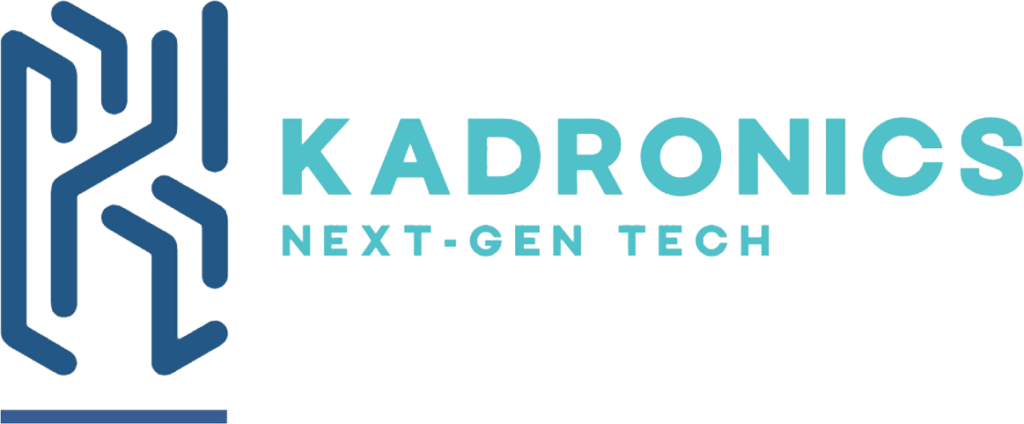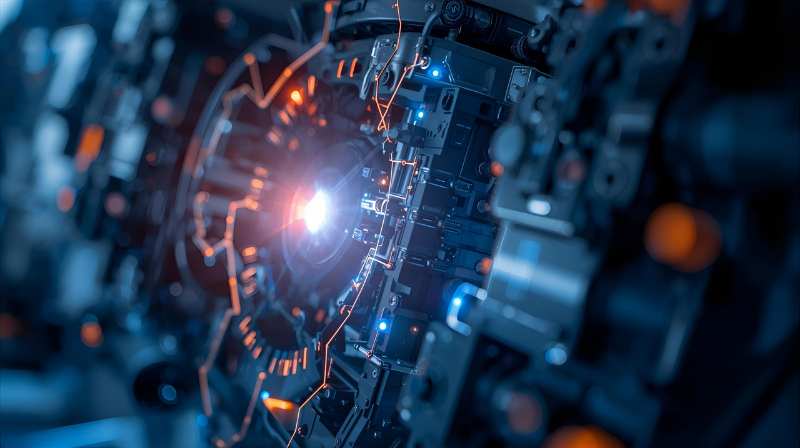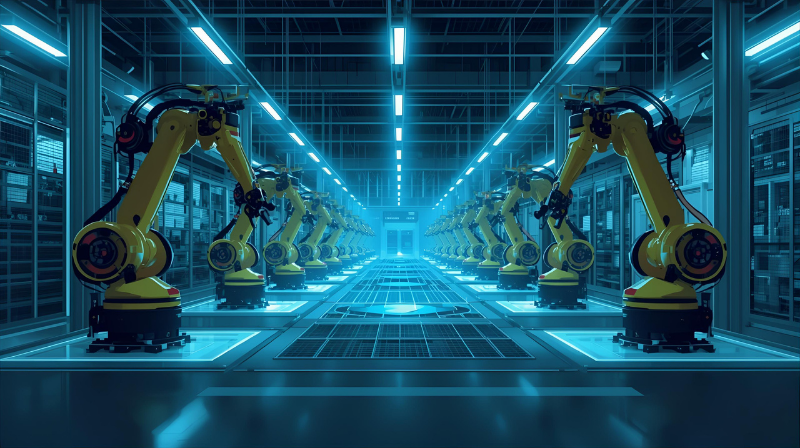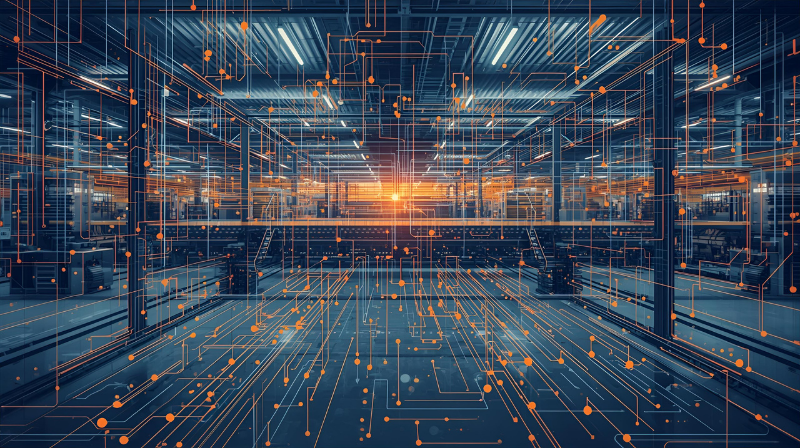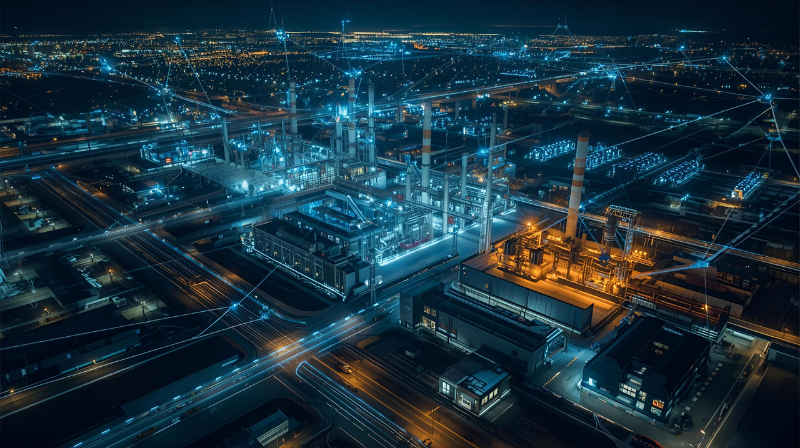In the world of industrial automation, power and speed are king. But with great power comes great responsibility. The same robotic arm that can lift a 500-pound engine block with ease poses a significant risk to the human workers who operate and maintain it. Ensuring the safety of these workers is not just a regulatory requirement; it’s a moral and financial imperative. A safe factory is a productive factory.
This is where an Integrated Machine Safety Solution comes in. This is not about simply bolting on a red emergency stop button as an afterthought. It’s a holistic, defense-in-depth approach where safety is engineered into the very fabric of the automation system from day one. It is the invisible guardian that constantly monitors the workspace, ready to protect human life in a fraction of a second.
The Layers of Modern Machine Safety
A robust safety solution is built in layers, starting with a thorough Risk Assessment. This foundational service identifies every potential hazard and determines the level of risk associated with it. The results of this assessment dictate the specific safety technologies required. These technologies, or products, typically include:
- Physical Guarding: The first line of defense. This includes fences and enclosures that create a physical barrier between the operator and the machine’s moving parts.
- Presence Sensing Devices: These are the “smart” guardians. They create an invisible protective field around the hazard. If an operator crosses this field, the system instantly sends a stop signal to the machine. Common types include:
- Light Curtains: A wall of invisible infrared beams. If any beam is broken, the machine stops.
- Safety Laser Scanners: These can monitor a two-dimensional area and can be programmed with complex “warning” and “stop” zones.
- Interlocks and E-Stops: Safety-rated switches on doors and gates ensure that the machine cannot operate when a guard is open. Emergency Stop buttons provide a manually activated, failsafe way to shut down the entire system.
- The Safety Controller: This is the brain of the safety system. Unlike a standard PLC, a safety-rated controller is a specialized, redundant computer that monitors all the safety devices. If any component fails or a safety breach is detected, it is hardwired to put the machine into a safe state (e.g., cutting power to the motors).
Beyond Compliance: The Business Case for Safety
Adhering to safety standards from organizations like OSHA (Occupational Safety and Health Administration) is a legal requirement. But the benefits of a well-designed safety system go far beyond simply avoiding fines.
- Increased Productivity: It might seem counterintuitive, but good safety can actually increase uptime. For example, using a light curtain instead of a physical door can allow an operator to load and unload parts much faster, while still being completely protected.
- Reduced Insurance Costs: A documented, professionally integrated safety system is clear proof to insurance carriers that you are actively mitigating risk, which can lead to lower premiums.
- Improved Employee Morale: A safe work environment is a respectful work environment. When employees know that their well-being is a top priority, it leads to higher morale, better focus, and lower turnover.
Designing and implementing an integrated safety system is a highly specialized field. It requires a deep knowledge of safety standards, control systems, and the specific application. It’s about more than just components; it’s about creating a comprehensive solution where every part works in concert to provide the highest level of protection. It is the ultimate expression of a company’s commitment to its most valuable asset: its people.
